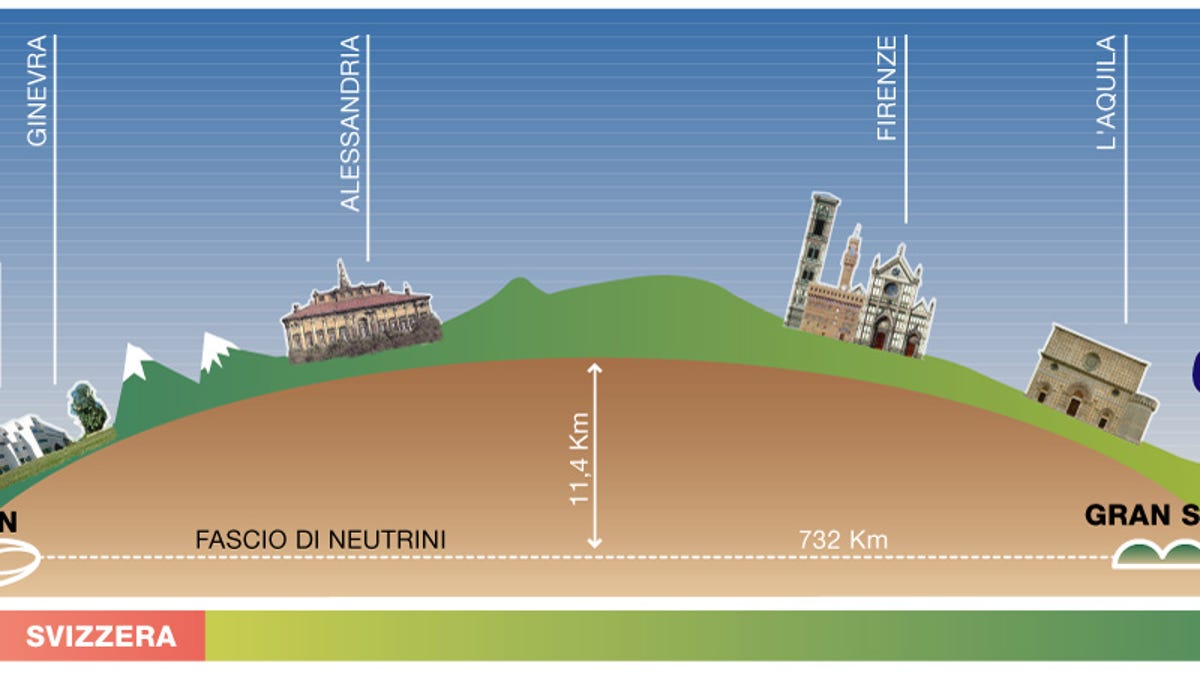CERN confirms speedy neutrinos follow laws of physics after all
A CERN particle that was originally thought to have traveled faster than the speed of light was measured using faulty equipment.

Neutrinos can't travel faster than the speed of light after all.
CERN has confirmed that an initial reading, which recorded neutrinos -- nearly mass-less subatomic particles -- sent from CERN to the Gran Sasso laboratory as moving faster than light, was based off of a "faulty element" with the experiment's fiber-optic timing system.
Related stories
The results, presented today at the International Conference on Neutrino Physics and Astrophysics in Kyoto, Japan, closes the chapter on a highly surprising finding last year that challenged the conventional wisdom of physics. The results quickly faced public scrutiny.
"Although this result isn't as exciting as some would have liked," CERN research director Sergio Bertolucci said during the conference, "it is what we all expected deep down. The story captured the public imagination, and has given people the opportunity to see the scientific method in action -- an unexpected result was put up for scrutiny, thoroughly investigated and resolved in part thanks to collaboration between normally competing experiments. That's how science moves forward."

